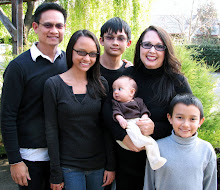 |
| my chalk drawing for the block, 4 feet x 6 feet |
What better way to start off the year than with a heaping serving of sugary sweet organic chemistry! Oh those carbohydrates are so much fun! Along with proteins and fats, the students discovered the building blocks and properties of these groups of organic compounds. With saccharades, we studied their solubility and correlated the length of saccharides with their usefulness. Monosaccharides and disaccharides are readily available sources of energy. Polysaccharides such as starch are a stored form of energy. Polysaccharides such as cellulose, the most abundant organic compound in nature - think trees, are insoluble and are a structural form of energy. Trusting the caramelizing propeerty of sugar, we made, well, caramel. We ate chocolate pudding as well, using corn starch as our thickener.
With proteins, we listed their functions and spent some time studying enzymes such as amylase and catalase. We made the analogy that an enzyme is like a maid-of-honor. A maid-of-honor helps along (catalyzes) the transformation of the bride to the wife, and at the end of the ceremony, the maid-of-honor, like an enzyme, does not become part of the product - only the wife gets married to the husband! It works.
We also studied two individuals: Milton Hershey, the captain of chocolate and philanthropist, and Dr. Marie M. Daly, the first African American woman to earn a PhD in chemistry, becoming well-respected as an activist and researcher.
We topped off the block with another sugary sweet favorite: ice cream - which combined carbs, proteins, and fats - yummy!



